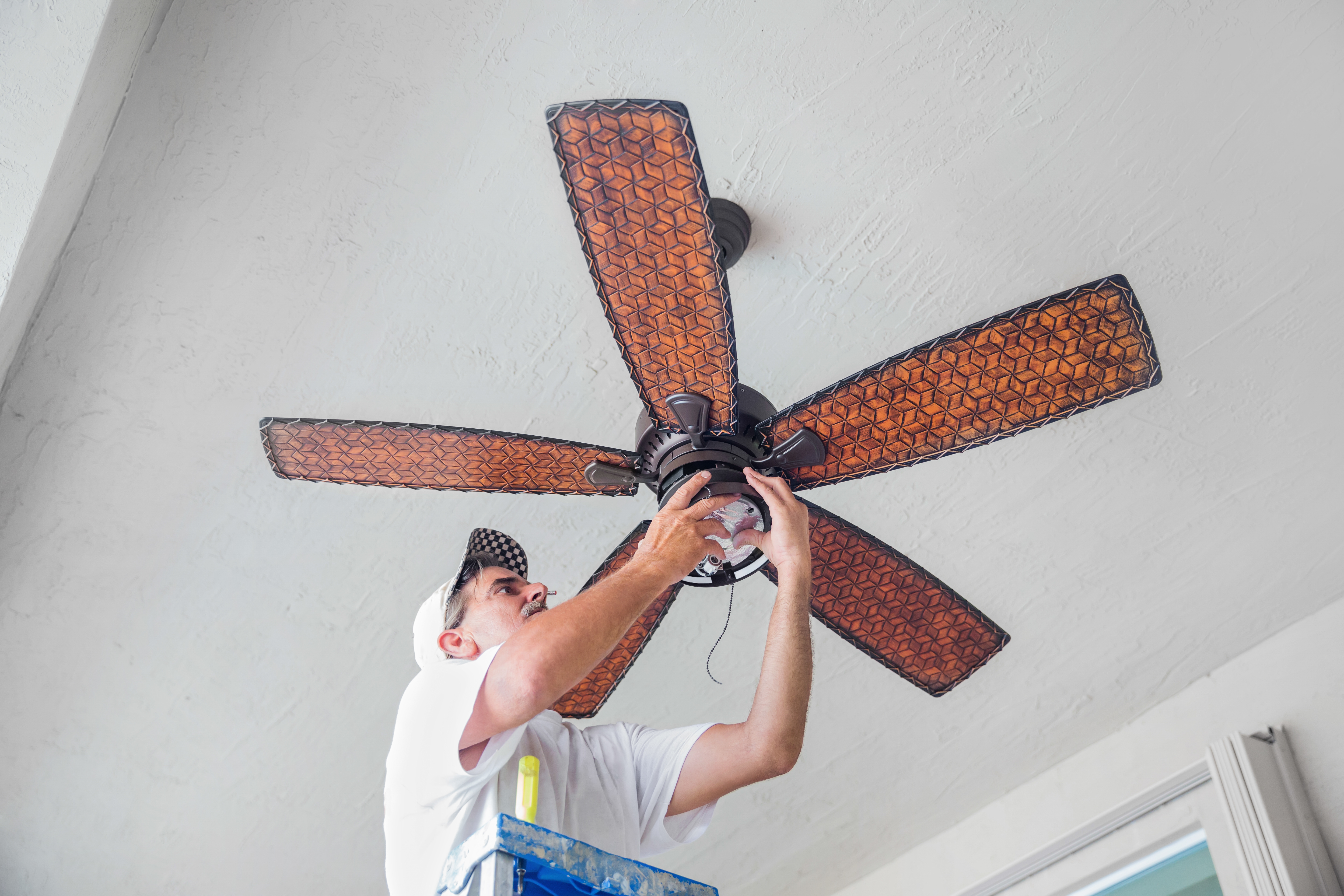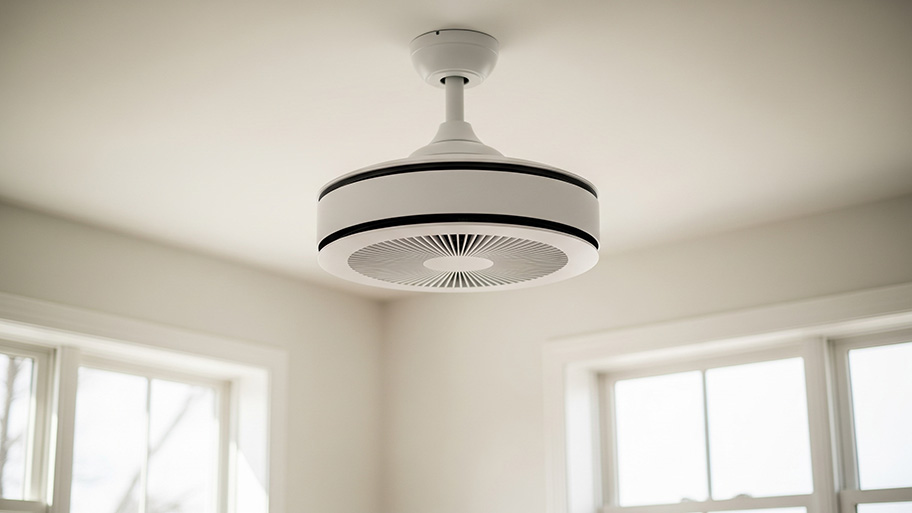
Get matched with top ceiling fan pros in Memphis, MO
Enter your ZIP and get matched with up to 5 pros
Need a pro for your ceiling fan service project in Memphis, MO?
Verified Reviews for Ceiling Fan Service pros in Memphis, MO
*The Angi rating for Ceiling Fan Service companies in Memphis, MO is a rating based on verified reviews from our community of homeowners who have used these pros to meet their Ceiling Fan Service needs.
*The HomeAdvisor rating for Ceiling Fan Service companies in Memphis, MO is a rating based on verified reviews from our community of homeowners who have used these pros to meet their Ceiling Fan Service needs.
Last update on December 05, 2025
Find Ceiling fan pros in Memphis
ALL-N-ALL CONSTRUCTION, LLC
ALL-N-ALL CONSTRUCTION, LLC
Construction, remodeling, repairs as many people as needed, cash, check, money order and can accept cards for fee
Construction, remodeling, repairs as many people as needed, cash, check, money order and can accept cards for fee
Taylor engineering and construction inc.
Taylor engineering and construction inc.
We are a family owned and managed business that does engineering and technology design and development for the.automotive industry and construction industry if you can dream it we can build it we take pride in our quality workmanship and attention to detail.
We are a family owned and managed business that does engineering and technology design and development for the.automotive industry and construction industry if you can dream it we can build it we take pride in our quality workmanship and attention to detail.
Call The All In One Construction Co
Call The All In One Construction Co
I have 35 years experience in construction I have performed all phases of construction im a 4th generation contractor I have 4 employees
I have 35 years experience in construction I have performed all phases of construction im a 4th generation contractor I have 4 employees
Nunezotw
Nunezotw
From the grown up my crew and I will make your visions come rue
From the grown up my crew and I will make your visions come rue

Assured Building Products LLC.
Assured Building Products LLC.
Our company provides great customer service with quality products at a competitive price.
Our company provides great customer service with quality products at a competitive price.

HighTech Service
HighTech Service
Licensed and Insured. Expert Service. Military and Senior Discounts. Clean and Professional. Emergency Service Available. Quality Assurance Program. Small Business. Local Family Owned.
Licensed and Insured. Expert Service. Military and Senior Discounts. Clean and Professional. Emergency Service Available. Quality Assurance Program. Small Business. Local Family Owned.
Patzius Electrical & Plumbing
Patzius Electrical & Plumbing
We install all Appliances, We Build Commercial Electrical Panels, We do new and old repairs on your home. .
We install all Appliances, We Build Commercial Electrical Panels, We do new and old repairs on your home. .
Foundation to Roof
Foundation to Roof
New or repair everything from foundation to roof, to pouring sidewalks and driveways, to painting, plumbing, home additions, garages, everything you can imagine.. We do it all
New or repair everything from foundation to roof, to pouring sidewalks and driveways, to painting, plumbing, home additions, garages, everything you can imagine.. We do it all
The Memphis, MO homeowners’ guide to ceiling fan services
From average costs to expert advice, get all the answers you need to get your job done.

If your ceiling fan stops working due to a bad motor or broken pull chain, here’s what you can expect to pay to get it fixed.
 •
•Discover the cost to install a ceiling fan, including labor, materials, and tips to save. Learn what impacts your price and how to budget for your project.

Removing a ceiling fan is an easy task that any handy DIYer can tackle. Follow the five steps in this guide to learn how to remove a ceiling fan.

Are traditional ceiling fans slowly becoming a thing of the past? The famously quiet and efficient bladeless fans are now appearing right above our heads.

Although the risk is low, there are a few telltale signs that a ceiling fan will fall off your ceiling. This guide explains when to worry (and when not to).

Looking to cool down a room or get some more air flowing throughout the house? Learn how to install a ceiling fan without existing wiring.
- Lancaster, MO Ceiling fan pros
- Edina, MO Ceiling fan pros
- Kahoka, MO Ceiling fan pros
- Greentop, MO Ceiling fan pros
- Keosauqua, IA Ceiling fan pros
- Bloomfield, IA Ceiling fan pros
- Kirksville, MO Ceiling fan pros
- Eldon, IA Ceiling fan pros
- Lewistown, MO Ceiling fan pros
- La Plata, MO Ceiling fan pros
- Donnellson, IA Ceiling fan pros
- Keokuk, IA Ceiling fan pros
- Maharishi, IA Ceiling fan pros
- Fairfield, IA Ceiling fan pros
- Warsaw, IL Ceiling fan pros
- Montrose, IA Ceiling fan pros
- Canton, MO Ceiling fan pros
- Ottumwa, IA Ceiling fan pros
- Centerville, IA Ceiling fan pros
- West Point, IA Ceiling fan pros
- Nauvoo, IL Ceiling fan pros
- Hamilton, IL Ceiling fan pros
- Unionville, MO Ceiling fan pros
- Shelbyville, MO Ceiling fan pros
- Fort Madison, IA Ceiling fan pros
- La Grange, MO Ceiling fan pros
- Mount Pleasant, IA Ceiling fan pros
- Clarence, MO Ceiling fan pros
- Taylor, MO Ceiling fan pros
- New London, IA Ceiling fan pros
- Tree Service in Memphis
- Excavating in Memphis
- Kitchen And Bath Remodeling in Memphis
- Plumbing in Memphis
- Computer Repair in Memphis
- Exterior Painting in Memphis
- Home Builders in Memphis
- Fencing in Memphis
- Mailbox Repair in Memphis
- Painting in Memphis
- Upholstery Cleaning in Memphis
- Garage Builders in Memphis
- Sunroom And Patio Remodeling in Memphis
- Moving in Memphis
- Garage Doors in Memphis
- Window Tinting in Memphis
- Flooring in Memphis
- Drywall in Memphis
- Plaster Plaster Repair in Memphis
- Plumbing in Memphis
- Roofing in Memphis
- Kitchen And Bath Remodeling in Memphis
- Tree Service in Memphis
- Fencing in Memphis
- Pest Control in Memphis
- Siding in Memphis
- Lawn And Yard Work in Memphis
- Landscaping in Memphis
- Concrete Repair in Memphis
- Foundation Repair in Memphis
- 🌱 "Mow a small front yard"
- 🛠 "Fix a leaking pipe under the sink"
- 🏠 "Repair shingles on an asphalt roof"



